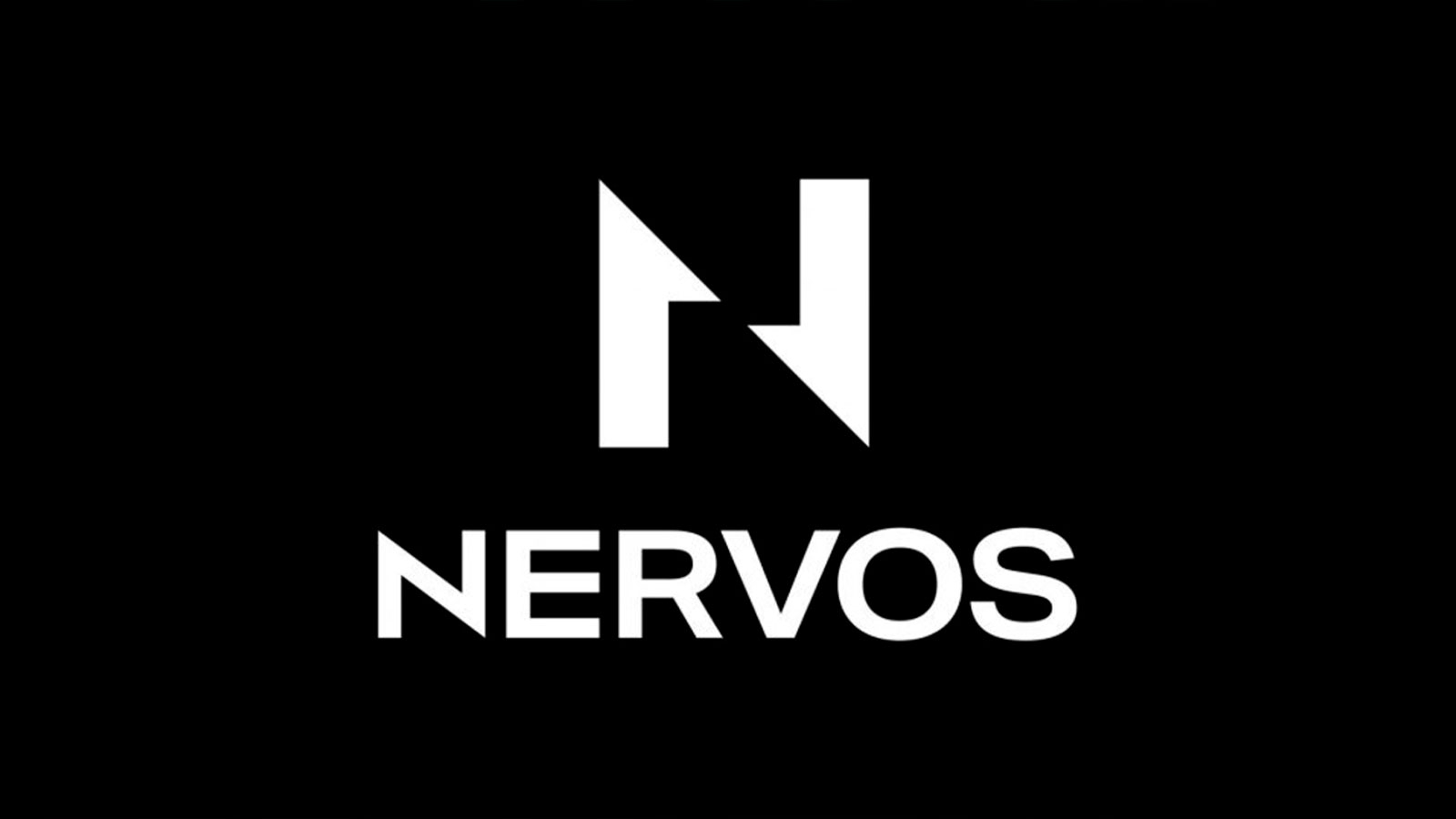
The focus of the crypto market often leans towards emerging projects rather than established players. However, projects that persist through prolonged bear markets, adapting continuously to market changes, can still attract capital and investor favor once they re-enter the market with a new narrative.
Take Nervos Network, launched in Q1 2018 with ambitions to scale Layer 1 blockchain technology. Despite a standout year in 2021, excessive focus on Layer 1 public chain projects coincided with waning market interest. By 2022, Nervos Network had lost momentum until February this year, when it pivoted to Bitcoin Layer-2 with the RGB++ protocol, leveraging its strengths in Bitcoin's Layer-2 scaling to reboot its transformation journey.
Unique Miner Allocation Mechanism
Nervos Network is similar to Bitcoin, using the PoW (Proof of Work) mechanism. Miners play a crucial role in maintaining network security and ensuring its normal operation on the mainnet. However, unlike Bitcoin, Nervos Network's native token CKB (CKByte) employs a unique economic model: primary issuance and secondary issuance.
The total limit for CKB primary issuance is set at 33.6 billion tokens, all of which are rewarded to miners. Each block pays miners a fixed amount of CKB as compensation. Similar to Bitcoin's issuance schedule, CKB primary issuance halves approximately every four years until all primary issuance is mined and enters circulation.
In addition to primary issuance, there is also secondary issuance (without a limit). The purpose of secondary issuance is to collect state rent, following a fixed annual issuance plan of 1.344 billion CKB tokens. Tokens from secondary issuance are allocated to miners, Nervos DAO depositors, and the treasury fund.
As is well known, in Bitcoin, miner income mainly comes from block rewards and transaction fees. With block rewards halving every four years, miners will increasingly rely on transaction fees. However, the performance limitations of the Bitcoin network restrict the growth of on-chain activity. In the future, a significant increase in BTC price will be needed to positively incentivize miners to allocate more hashrate. Yet, high BTC prices may lead to excessively high transaction fees denominated in BTC, thereby limiting users' transaction frequency.
CKB's secondary issuance mechanism ensures that even after all primary issuance CKB tokens are mined, miners can still receive corresponding rewards for continuously protecting network security, regardless of on-chain transaction volume. According to Nervos Network's hashrate chart, the hashrate has shown rapid growth this year: increasing from 163 PH/s at the beginning of the year to a peak of 399 PH/s, marking a 143.8% rise. As of the latest data, the hashrate stands at 362.32 PH/s.
Currently, mining pools supporting CKB include ViaBTC, AntPool, F2Pool, and 2Miners.
The Value Potential of CKB
Storage space on the Nervos Network mainnet is a limited resource, requiring locking up one CKB per byte of data stored (1 CKB = 1 Byte). This means the state of the Nervos Network mainnet is constrained by the supply of CKB, making it a scarce resource.
As of July 4, 2024, the total supply of CKB is approximately 44.51 billion tokens, implying a storage capacity limit of about 44.51 GB on the Nervos Network. Following the first halving in 2023, in the years leading up to the second halving in 2027, approximately 3.444 billion CKB tokens will be added to the market annually (including 2.1 billion from primary issuance and 1.344 billion from secondary issuance). Therefore, the storage capacity of Nervos Network can expand by approximately 3.444 GB per year. Once primary issuance is fully circulated after halving, Nervos Network will ultimately increase its storage capacity by about 1.344 GB annually.
Storing any content (such as contract information, scripts, etc.) on Nervos Network consumes on-chain space. As the ecosystem projects thrive on Nervos Network, more on-chain assets and locked CKB quantities increase, reducing the circulation of CKB and thereby enhancing its scarcity. In the future, with the rise in CKB prices, more miners will be attracted to provide security for the network. The increased security will also attract more users to store value and data on the blockchain, creating a virtuous cycle.
According to CoinMarketCap data, since July 2023, CKB's price has surged from a low of $0.003043 to a high of $0.03159 (as of April 10, 2024), marking an increase of over 10 times. As of the latest data, CKB is priced at $0.009319.
Currently, the CKB/USDT trading pair is listed on multiple exchanges such as Binance, HTX, and CoinEx.
Conclusion
Although complex, Nervos Network's economic mechanism design greatly benefits miners. The unique secondary issuance mechanism ensures miners have a stable, predictable income source, encouraging long-term engagement in network development.
Currently, the Nervos Network ecosystem is taking shape, including projects such as .bit, Neuron, Spore Protocol, NFT Nation, Nervape, and iCKB, covering multiple hot tracks such as DID, wallets, and DeFi. If Nervos Network can incubate blockbuster projects in the future, the market demand for CKB will further increase.
Disclaimer: The content above is for reference only and does not constitute investment advice.
Disclaimer: This is sponsored content. The information on this page is not endorsed or supported by U.Today, and U.Today is not responsible or liable for any inaccuracies, poor quality, advertising, products or other materials found within the publication. Readers should do their own research before taking any actions related to the company. U.Today is not responsible, directly or indirectly, for any damage or loss caused or alleged to be caused by or in connection with the use of or reliance on any content, goods or services mentioned in the article.
 Dan Burgin
Dan Burgin Vladislav Sopov
Vladislav Sopov U.Today Editorial Team
U.Today Editorial Team